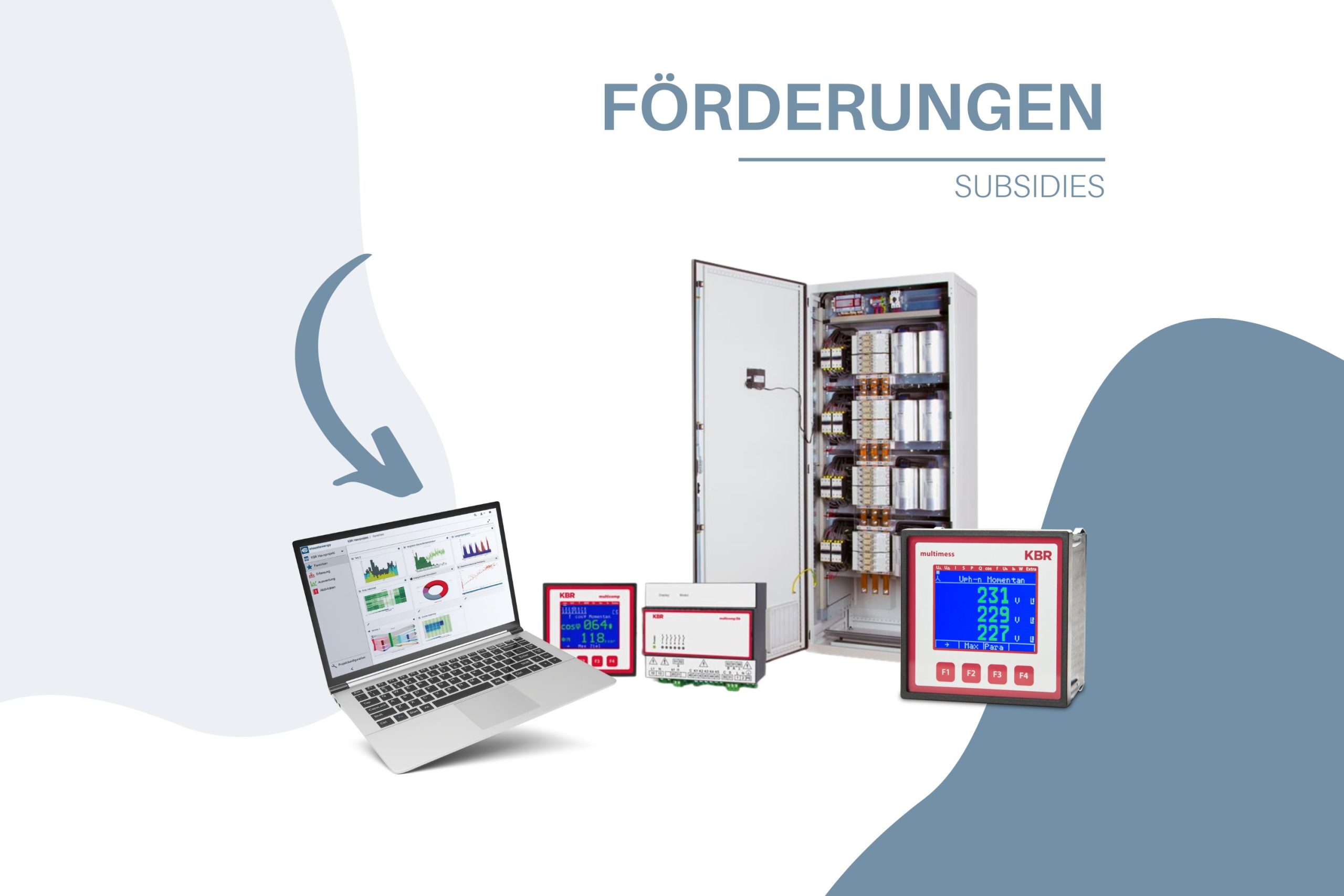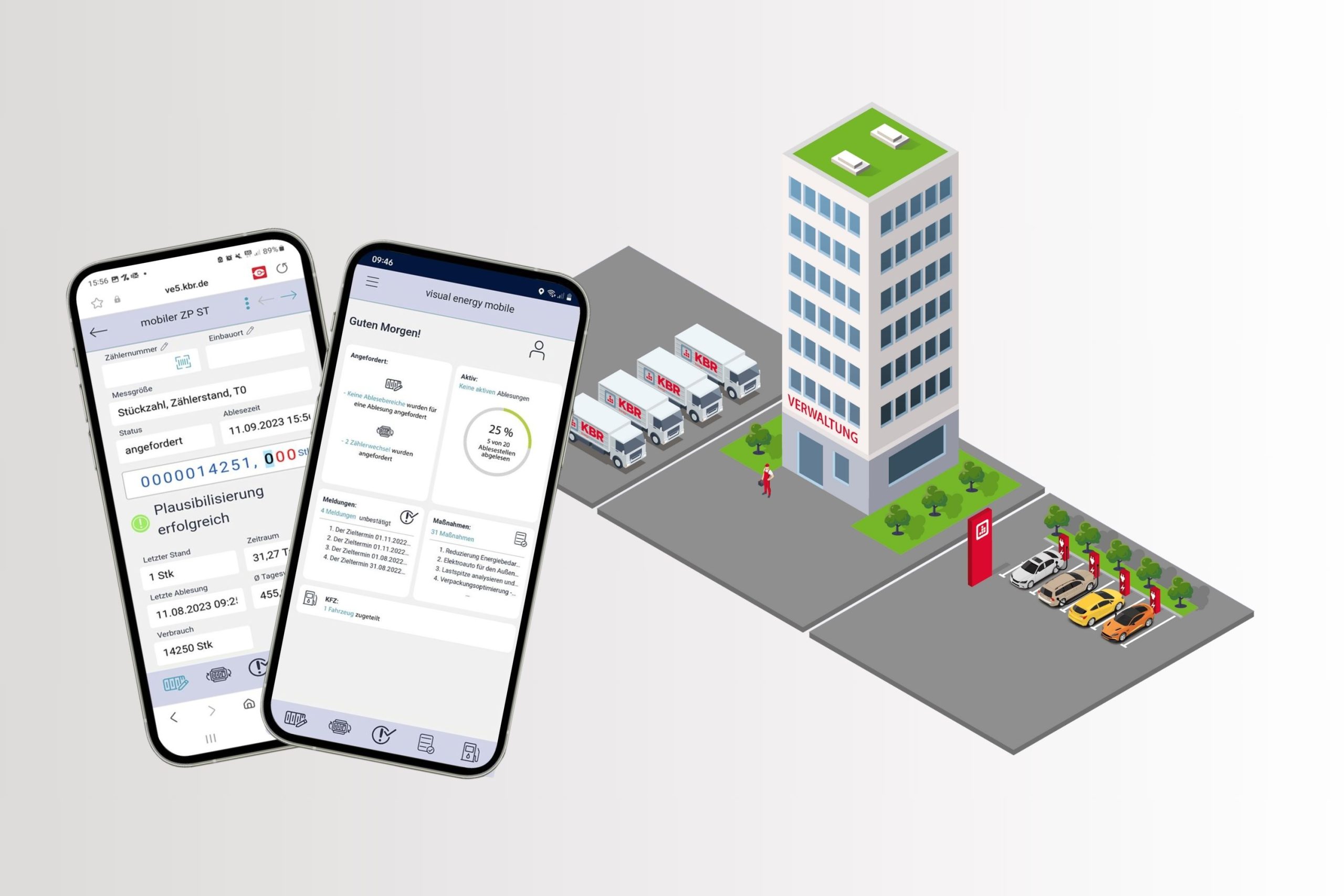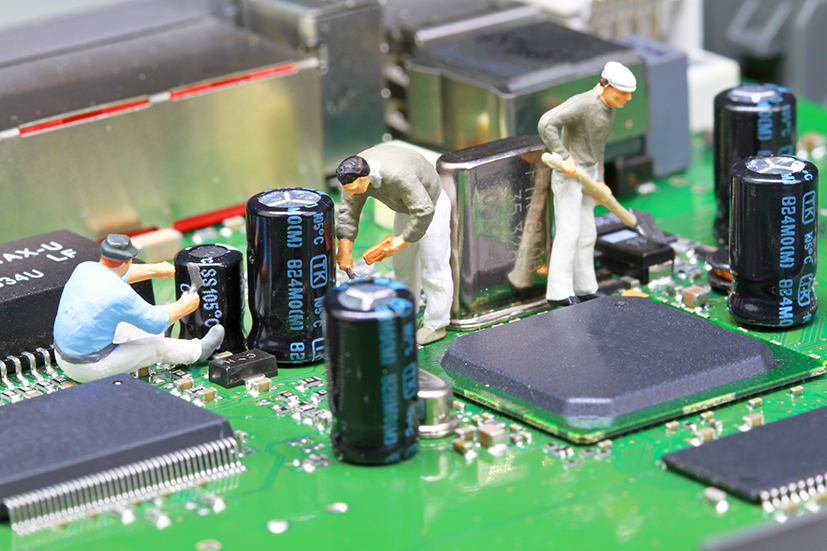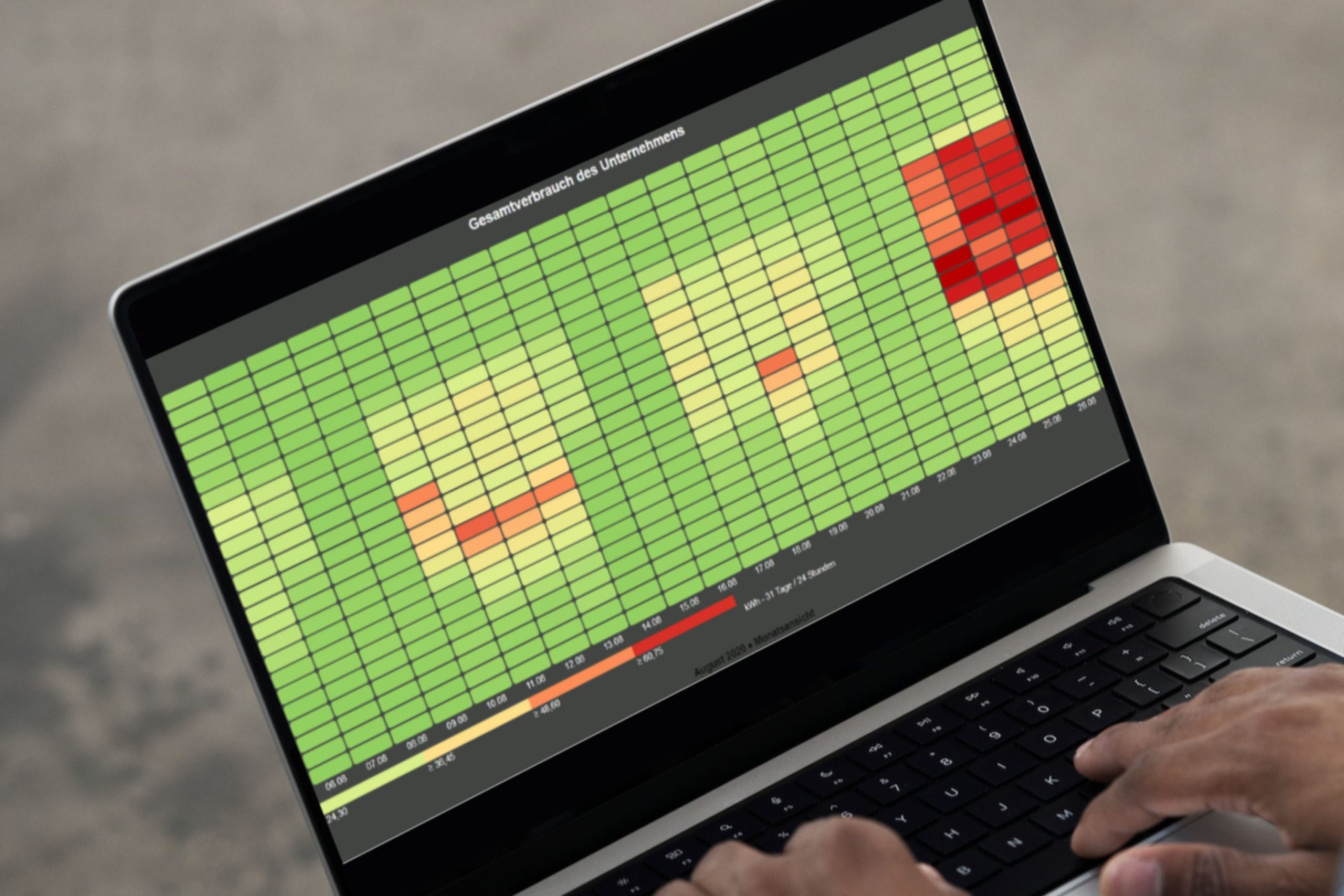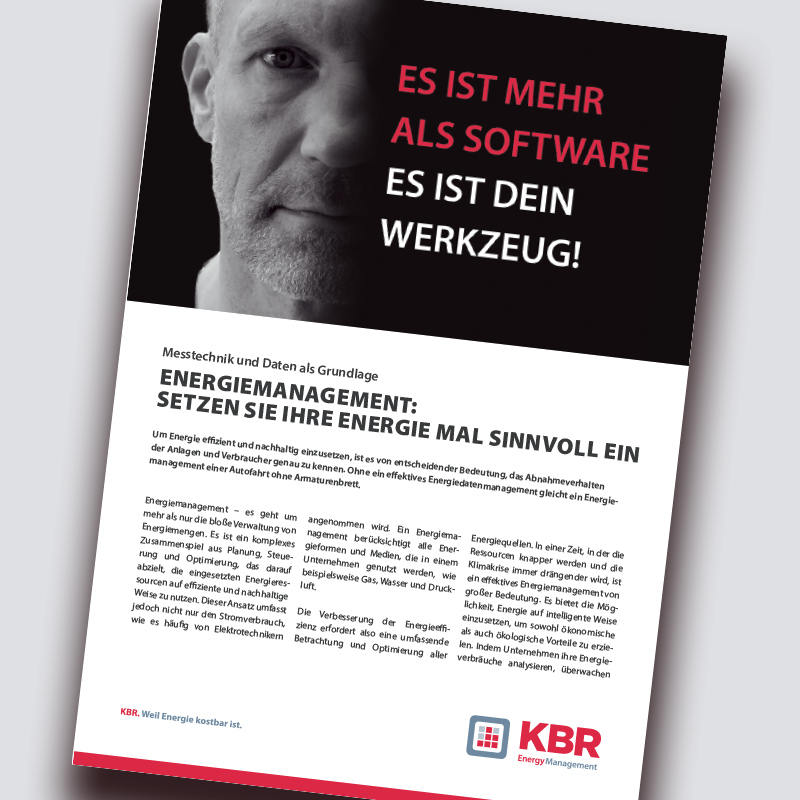The significance of the 4-quadrant controller.
In view of rising energy prices, conventional energy supply systems are increasingly being converted into mixed systems. This means that, in addition to the energy supplier’s grid connection, separate generation plants are being installed to feed electricity into the grid. The generation plants must provide reactive power to stabilize the voltage in the distribution grid in order to keep voltage fluctuations within normative limits. The required reactive power (inductive and capacitive) is usually provided by the inverters or generators of the generation systems.
The article is also available as a PDF for download.
Background knowledge: The four energy quadrants
The power triangle, consisting of active, reactive and apparent power, can be located in any of the four quadrants. The direction of the power changes depending on the quadrant:
- Quadrant I:Active (P+) and reactive (inductive) power consumption (Q+)
- Quadrant II:Regeneration of active power (P-) and consumption of reactive power (inductive) (Q+)
- Quadrant III:Regeneration of active (P-) and reactive (capacitive) power (Q-)
- Quadrant IV: Consumption of active (P+) and regeneration of reactive (capacitive) power (Q-)
Typically, conventional systems operate mainly in the first quadrant. Overcompensation can shift the power triangle into the fourth quadrant. With the retrofitting of generation systems, however, the power triangle moves in all four quadrants.
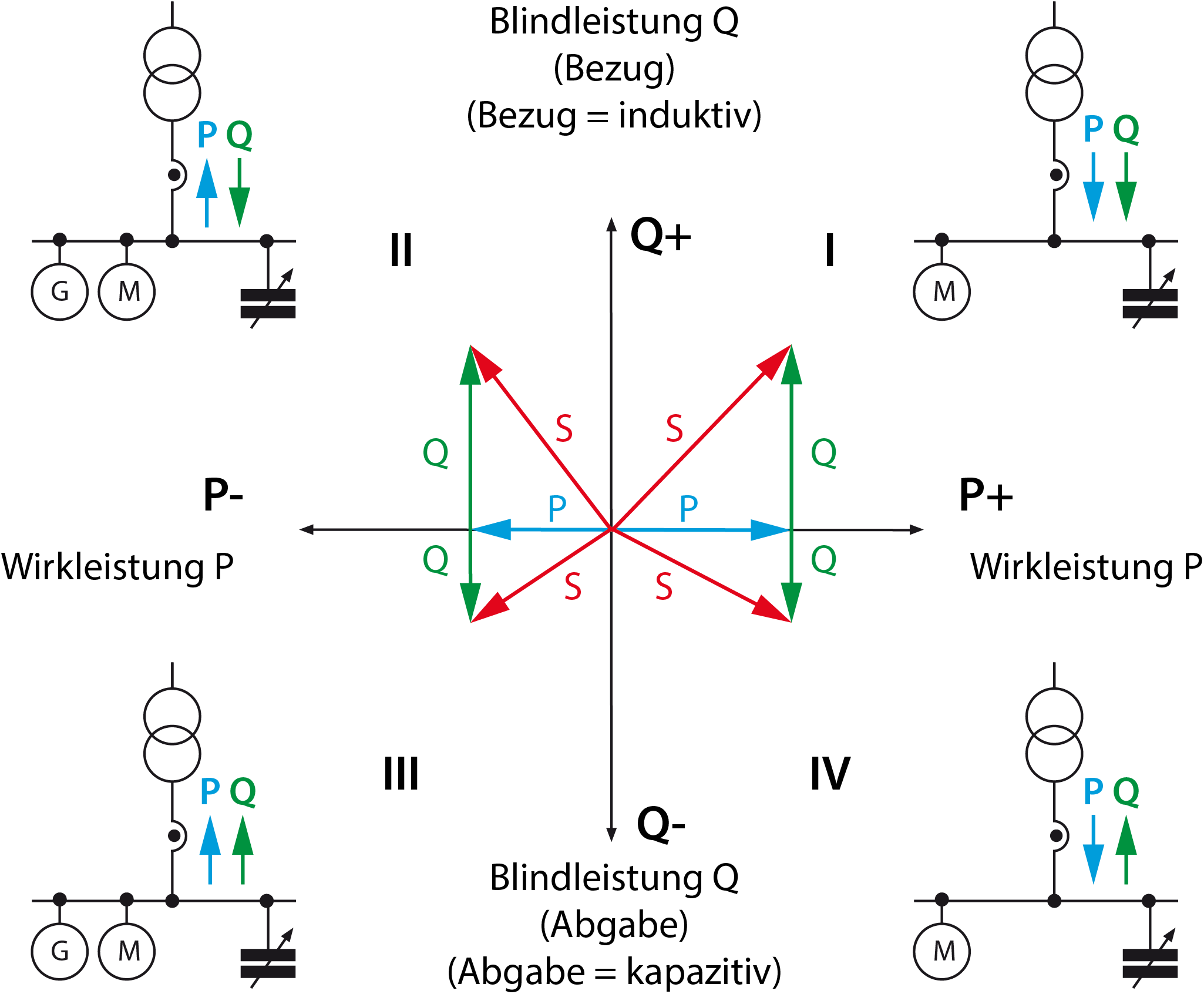
The 4-quadrant reactive power controller
In order to correctly regulate the reactive power in all four quadrants, controllers for reactive power compensation systems have been available for many years with “4-quadrant control”. KBR has been integrating this function into its controllers for more than 25 years. But why is this function necessary? In systems in which in-house power generation feeds energy into the grid, it can happen that more energy is generated at times of low load than is currently required. This shifts the power triangle into the second quadrant. Therefore, without 4-quadrant control, the power factor (cos phi) can no longer be determined correctly if the active power becomes negative (P-). In addition, the cos phi to be controlled by the controller must be increased to 1.
Example: If a target cos phi of 0.9 is programmed, this means that half of the active power may be drawn as reactive power. If the active power now becomes negative due to a regenerative feed-in, there is no longer an exemption limit for the reactive power drawn. Therefore, the target cos phi in the reactive power controller must be increased to 1 in this case. This function is automatically taken over by the so-called 4-quadrant control in the reactive power controller. In brief: A 4-quadrant reactive power controller can correctly regulate the reactive power in all four quadrants.
By the way: KBR has only been using 4-quadrant reactive power controllers for decades.
4-quadrant reactive power controllers also for self-generation?
The following procedure applies in mixed systems (supply and own generation): The generation system(s) must be able to provide both capacitive and inductive reactive power to stabilize the grid voltage. This reactive power must be made available at the grid connection point (the energy supplier’s meter). Reactive power controllers, both with and without a 4-quadrant function, record this reactive power and regulate against the reactive power of the generation system. According to VDE user rule 4110, possible interactions between the generation system and existing reactive current compensation must be avoided. But be careful: the use of a 4-quadrant controller alone does not solve this problem. Such a controller continues to measure the reactive power that must be provided by the generating system and regulates against it accordingly.
The only technically correct solution is for the reactive power controller not to “see” the reactive power fed in by the generating plant, which means that the controller must not measure it. For this purpose, the low-voltage main distribution board can be restructured so that the generating systems are connected between the grid feed-in and the current transformers for reactive current compensation. In existing systems, however, this is only possible with considerable financial and technical effort. A more effective method is for the reactive power controller not to detect this reactive power. To meet this requirement, we can connect measuring modules to our multicomp-D6 reactive power controller. These provide the controller with information about the reactive power of the generation system(s) so that it can ignore this in the reactive power control. This means that only the supply system is regulated, as required by the VDE user rule.
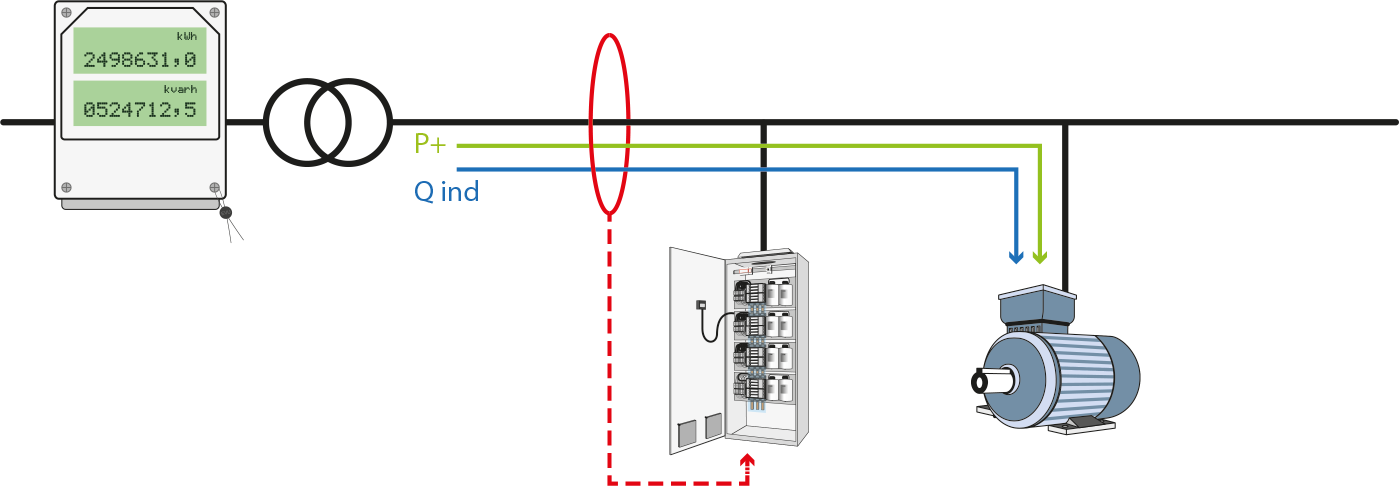
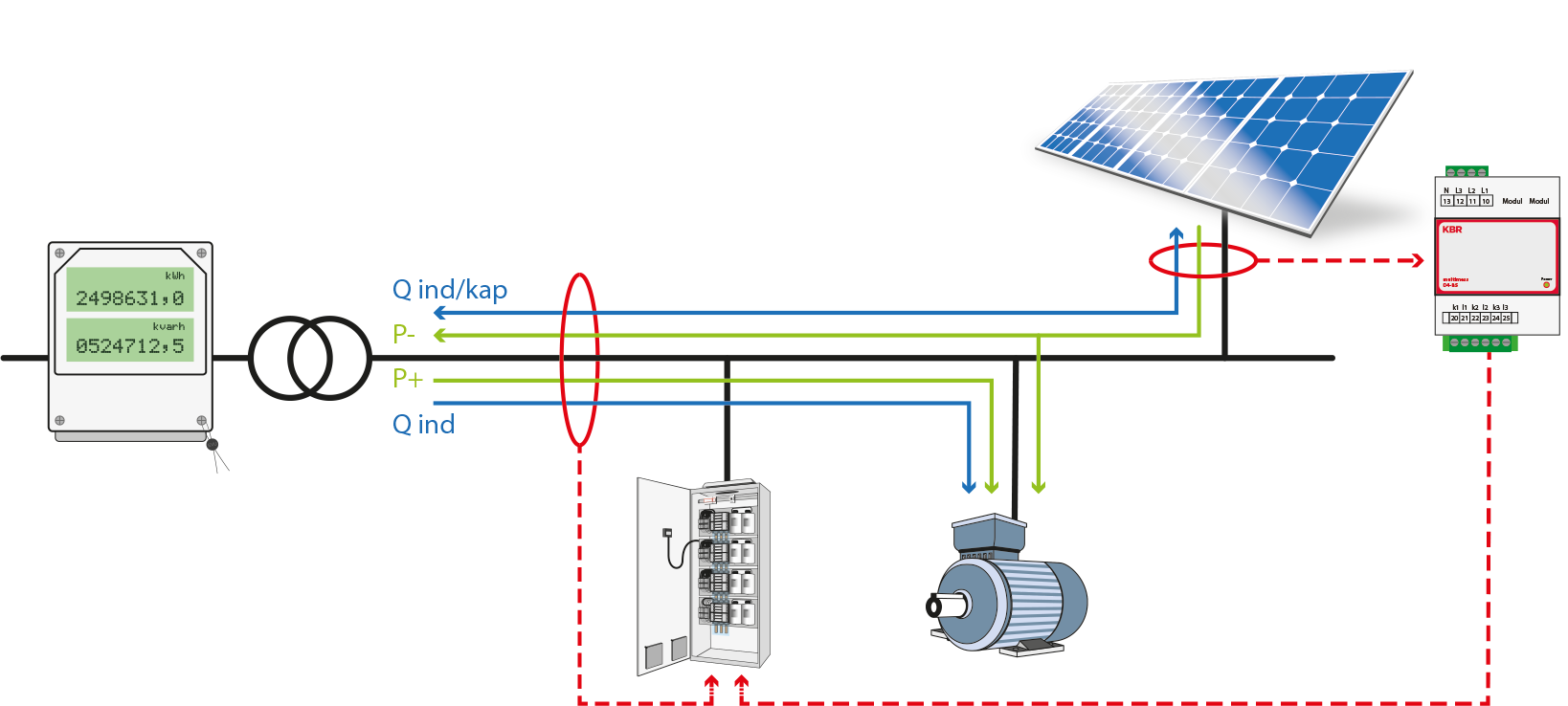
Conclusion
Correct reactive power management in mixed systems is possible by converting the low-voltage main distribution board or using the KBR reactive power controller with measuring module(s).
Further information:
- KBR newsletter “Correctly compensating reactive current in mixing plants“
- Webinar: Reactive power: reference versus generation system
Yours, Christian Wiedemann
European Energy Manager (IHK)
Head of product management
KBR GmbH




